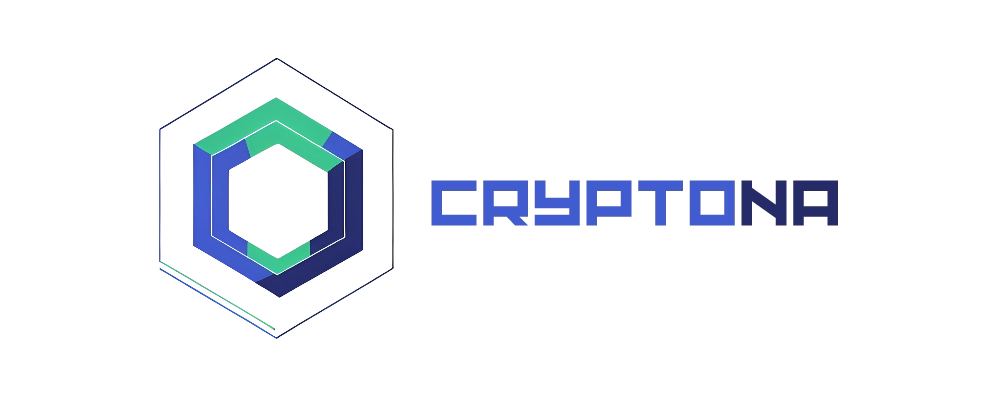Current Market Landscape: Bitcoin Holds, Altcoins Lag
As of October 31, 2025, the total crypto market capitalization stands at $3.69 trillion, reflecting a 1.21% decline over the past 24 hours. Bitcoin (BTC) trades at $109,745, down 0.45%, while Ethereum (ETH) has fallen 1.87% to $3,843. Among major altcoins, Solana (SOL) is priced at $186.28, Cardano (ADA) at $0.61, and Dogecoin (DOGE) at $0.185, all posting declines exceeding 2%.
Bitcoin dominance has increased to 52.7%, while the Altcoin Season Index has slipped to 28/100 — confirming that the market remains in a “Bitcoin-led” phase. However, analysts across institutional desks see technical and behavioral patterns suggesting that altcoins may soon enter an accumulation or early recovery phase.
Market Catalysts: What Triggered the October Drawdown
1. Deleveraging Events Across Derivatives
Between October 11–18, over $2.3 billion in leveraged long positions were liquidated across Binance, OKX, and Bybit (source: Coinglass). This aggressive unwinding pushed the Fear and Greed Index to 29, indicating persistent market fear for three consecutive weeks.
2. Bitcoin’s Dominance and ETF Flows
Bitcoin ETFs continue to absorb institutional capital inflows. According to Glassnode, over $6.1 billion in new ETF flows entered BTC-linked products in Q3 2025 alone, reducing liquidity available to mid-cap and small-cap altcoins.
3. Macro Uncertainty and Federal Reserve Policy
Despite the Federal Reserve initiating its first rate cut in September 2025, macro uncertainty persists. Traders remain cautious, awaiting the December FOMC decision, which could signal the pace of easing through 2026. Historically, risk-on appetite in crypto strengthens during the early stages of monetary easing cycles.
Technical Indicators Pointing Toward Stabilization
OTHERS/BTC Chart Analysis
Data from Altcoin Vector (Swissblock) shows the OTHERS/BTC ratio — which tracks the value of all altcoins excluding the top 10 relative to Bitcoin — declining from 0.14 in September to 0.12 in October. This drop marks one of the sharpest contractions since early 2022.
However, the chart has now entered a “stabilization zone,” suggesting that the market may have absorbed the majority of deleveraging pressure. The last time a similar structure formed (Q1 2020), it preceded a 35% sector-wide recovery within six weeks.
| Indicator | Current Reading | Historical Comparison |
|---|---|---|
| OTHERS/BTC | 0.12 | Above 2020 bottom (0.11) |
| Altcoin Season Index | 28/100 | Below threshold (75) |
| Fear & Greed Index | 29 | Sustained fear phase |
RSI and Market Breadth Indicators
Analyst Javon Marks noted that the monthly RSI of the “Others Dominance” chart has reached its deepest oversold level on record. This condition often precedes a trend reversal, as selling pressure becomes exhausted. Supporting data from Santiment shows that social sentiment toward mid-cap altcoins has improved +8.3% week-over-week, the first uptick in three weeks.
Analyst Perspectives: Divergent Views on What Comes Next
Michaël van de Poppe (MN Fund)
Van de Poppe argues that altcoins are undervalued relative to Bitcoin at levels similar to Q4 2016 and Q1 2020. He stated: “The current OTHERS/BTC levels have historically preceded strong upward rotations into altcoins. As Bitcoin consolidates near its all-time highs, capital rotation could accelerate.”
Ted (@tedtalksmacro)
Macro analyst Ted foresees a “beautiful bull market” in 2025–2026, characterized by multiple short altcoin rallies driven by institutional accumulation and ETF-linked liquidity spillover. He cautions, however, that this cycle will be shorter and more compressed than the 2020–2021 expansion.
Andy (The Rollup)
Andy emphasizes that this is an institutional cycle: “Investors now prioritize transparency, sustainable yield, and on-chain cash flow over hype-driven narratives. Protocols like AAVE, Maker, Sky, and Synthetix are positioned to outperform due to measurable fundamentals.”
Why November Could Mark the Transition Phase
Historically, November has been a transitional month for crypto market cycles. In both 2017 and 2020, altcoin dominance began rising between November 15–25 — roughly three weeks after Bitcoin established a new cycle high. Current chart structures suggest a similar lag may occur in 2025.
Key Technical Levels to Watch
- ETH/BTC support: 0.048–0.049 (5-year trendline support)
- OTHERS/BTC resistance: 0.126 (breakout confirmation)
- BTC Dominance resistance: 54.5% (rotation trigger)
- Altcoin Season Index threshold: 50–55 (momentum shift indicator)
Macro Implications and the 2026 Outlook
Institutional data providers, including IntoTheBlock and DeFi Llama, report that DeFi total value locked (TVL) has stabilized around $105 billion, up 2.1% week-over-week. This aligns with the hypothesis that the deleveraging phase is concluding.
However, if Bitcoin continues to consolidate below $115,000 through December, a partial retracement in altcoins remains likely. Analysts expect shorter cycles with compressed corrections lasting 6–9 months rather than multi-year bear phases.
What Investors Should Watch Next
- November ETF flow data – Will inflows shift from BTC to diversified crypto baskets?
- ETH/BTC breakout levels – A move above 0.055 could confirm early rotation.
- Stablecoin supply expansion – A 3–5% increase in USDT/USDC issuance has historically aligned with altcoin inflows.
- On-chain activity metrics – Monitor user growth and transaction fees on DeFi protocols.
FAQ
1. What defines an “Altcoin Season”?
An altcoin season occurs when over 75% of the top 50 cryptocurrencies outperform Bitcoin over a 90-day period (source: BlockchainCenter).
2. Are we in an altcoin season now?
No. The current Altcoin Season Index is 28, indicating Bitcoin dominance remains strong.
3. What indicators suggest an altcoin rebound?
Oversold RSI levels, stabilization in the OTHERS/BTC ratio, and historical market parallels with 2016 and 2020 suggest a rebound phase is forming.
4. Which altcoins might lead the next rally?
Institutional analysts favor fundamental projects such as AAVE, Maker, Sky, and Synthetix, as well as AI-linked tokens.
5. How will macro policy affect crypto markets?
Federal Reserve rate cuts could increase liquidity and risk appetite, typically favoring altcoins during early recovery phases.
6. What’s the timeline for the next potential rotation?
Analysts expect early signs of rotation in November 2025, with stronger altcoin performance emerging by Q1 2026.
Conclusion: Data Points to an Approaching Rotation, Not Euphoria
Altcoin markets appear to be forming a structural bottom. Oversold technical indicators, improved sentiment, and stabilized DeFi metrics suggest that the sector is approaching a transition phase. However, institutional analysts caution that this will not mirror the speculative surges of 2017 or 2021. Instead, the coming cycle is expected to reward projects with cash flow, transparency, and proven on-chain utility.
Investors should remain data-driven — watching ETF flows, Bitcoin dominance levels, and ETH/BTC dynamics — as signals for the next phase of capital rotation.






















Leave a Reply